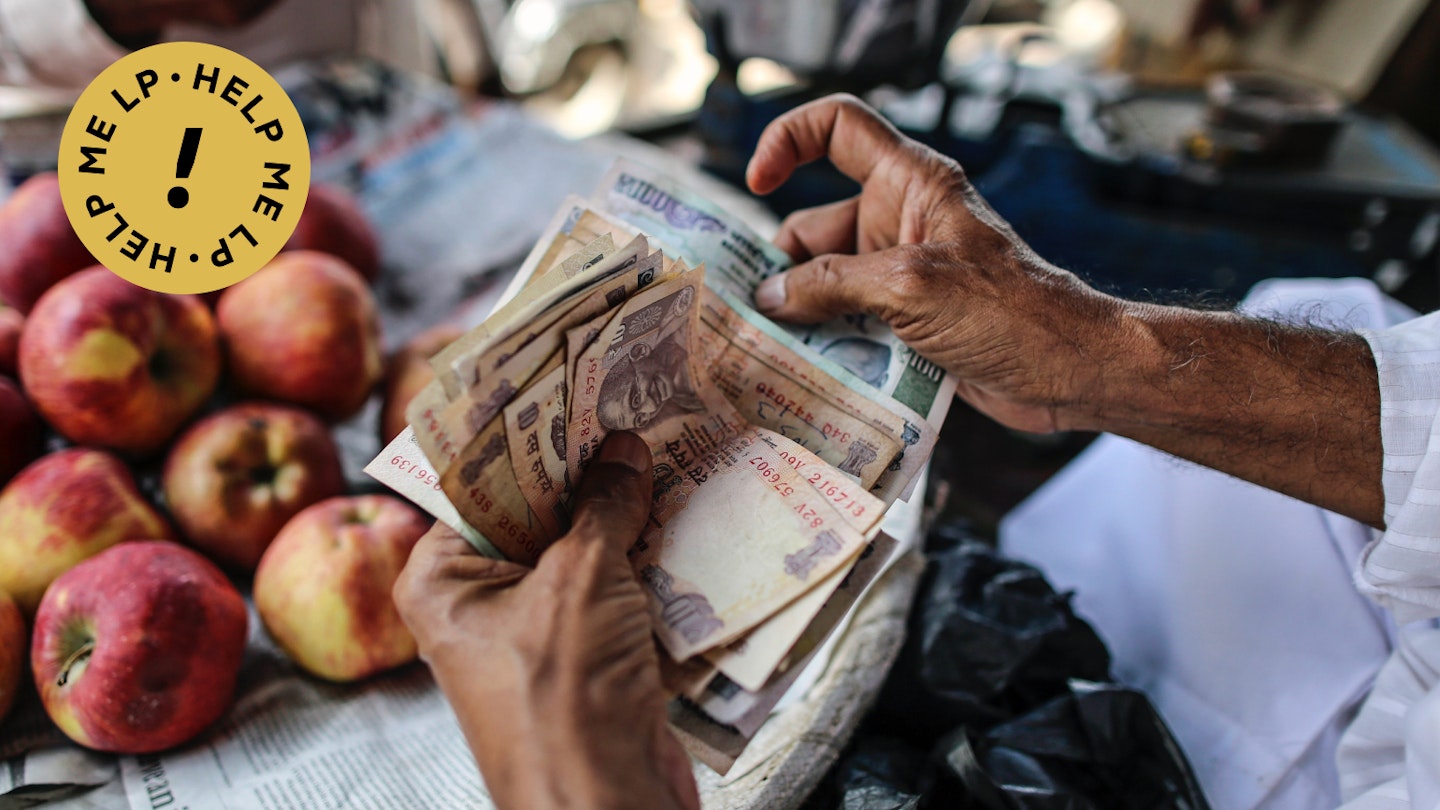Summary

In this series, GoTravelDaily’s team of writers and editors addresses your travel inquiries while providing advice and strategies to facilitate a seamless travel experience. When a question regarding India arose, we turned to Mumbai-based editor Akanksha Singh for insights.
Question: I am scheduled to travel to India next month and have encountered diverse opinions concerning the use of cash versus credit cards. Are foreign credit cards widely accepted, or is it advisable to carry cash? Additionally, should I bring USD or Euros, or is it preferable to utilize ATMs for cash withdrawals?
Akanksha Singh: The financial landscape in India can be quite unique. A few years ago, it was common for small shops to supplement transactions with sweets or chewing gum due to insufficient change. (A digital payment company named Paytm even launched an advertisement highlighting this “sweet change.”)
Currently, you will often encounter QR codes for cashless transactions via services like Paytm or Google Pay at street vendors, temples, and auto-rickshaws. Particularly in Bengaluru, recognized as India’s tech hub, there are even roadside chai vendors who accept cryptocurrency.
Consequently, the answer to your inquiry largely depends on your travel destination within India and your expectations for the trip. Below are several considerations as you prepare your travel plans.

Cash is king across the country
Generally, utilizing cash is advisable while traveling in India. Despite ongoing initiatives to transition towards a “cashless” system (particularly during the pandemic), it remains uncommon for businesses to refuse cash payments.
If you intend to acquire cash at a foreign-currency exchange prior to your arrival in India, be aware that most foreign visitors are allowed to bring in a maximum of ₹25,000 ($300) in cash.
If, alternatively, you aim to exchange currency upon your arrival, it is essential to avoid unauthorized vendors outside the airport (as exchange rates are typically unfavorable there, with increased fees). Instead, consider heading to a recognized local bank; India’s reserve bank permits these establishments to legally buy and sell foreign currencies. Institutions such as HDFC Bank, Axis Bank, ICICI, and the State Bank of India handle multiple currencies and provide competitive rates.
Cash withdrawal via ATMs using a foreign card is also an option. Most ATMs accept Visa and Mastercard, while a select few accept American Express and Diners Club. However, be aware that ATM withdrawals may incur substantial fees and are subject to a variable daily limit set by local banks, typically around ₹10,000 ($120) per day.

Big cities offer more cashless options
While cashless payment options are available, they predominantly materialize in larger urban areas. Moreover, the effectiveness of these options can vary due to fluctuating government regulations, often leading to traveler frustration.
Most dining establishments and bars accept Visa and Mastercard, with less frequent acceptance of American Express and Diners Club. The acceptance of virtual cards is limited, necessitating a physical card, and due to an ongoing stalemate between Apple and the Indian government, Apple Pay is currently unavailable.
Your Uber account from your home country should function without issues while in India; however, setting up a new account (or one with local competitor Ola) using an international card is impossible once inside the country. Similarly, online payments using an international card can be unpredictable. This applies to platforms such as food delivery services Swiggy, Zomato, and Amazon.
Opt for a combination of travel cards, cash and UPI for seamless travel
Fortunately, foreign travelers are now permitted to make transactions via UPI (India’s United Payments Interface), and various firms, including Wise and Revolut, offer travel cards that are effective in India with reduced transaction and withdrawal fees. (Please note that while you cannot hold rupees in your Revolut account, you can spend in rupees while in India.)
Combining some cash with these options will prepare you adequately for your journey.

Money really isn’t everything in India
By and large, Indians exhibit remarkable generosity (as a citizen, this observation is based on experience), and I have benefited from the kindness of strangers on numerous occasions. There exists an entire culture and philosophy surrounding the concept that financial interactions encompass more than mere exchanges of currency; they represent human connection.
Recently, while taking a walk without cash, a street vendor insisted I take home a beautiful bouquet of orchids that I admired. “Pay me back whenever,” he said.
I returned his kindness the very same day, but the point is that people in India display kindness and understanding in financial matters. While it is important not to take such generosity for granted, do not allow limited payment options to deter you from exploring the diverse wonders of India.





